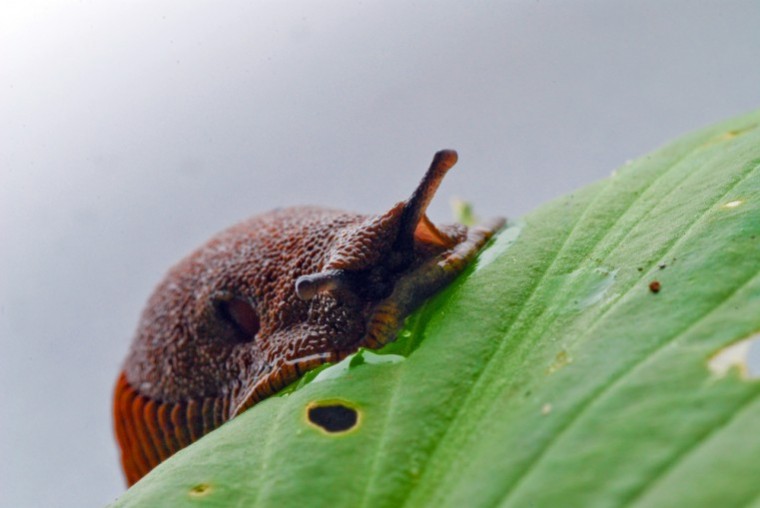Establishing early control is vital to minimise the risk of slugs retreating underground following planting, and damaging crops during tuber initiation.
Andrew Goodinson, area business manager for Hutchinsons explains what can be done to get on top of the slug activity that is already being reported in areas across the UK.
“At this time of year when the weather is typically unsettled, slug activity will increase, and it’s therefore important to treat as soon as possible.
“Slug populations this season can be gauged by looking at the conditions experienced last year. Summer was wet for most, and consequently egg laying was higher than average. What followed was a population explosion, and another mild winter, which means slug numbers are likely to persist this year,” he explains.
“Regular monitoring and an application of a robust molluscicide are both a crucial components of any slug control programme.
“I would recommend that growers consider applying ferric phosphate pellets and ensure good coverage by starting prior to canopy closure, and applying a good dose rate three weeks later to reduce the population,” says Mr Goodinson.
Sally Morris, agronomist at Farmacy and winner of the 2016 Barry Orme Shield, also comments on the efficacy of ferric phosphate pellets during wet weather, following a recent trial conducted across 350 acres of arable land in the east Midlands.
“Through my ongoing trial work, I found that not only were ferric phosphate pellets, in this case Sluxx HP, just as effective as alternatives such as metaldehyde, but they were also resilient in wet weather,” she explains.
“Although we were monitoring in the autumn, I believe that the findings are relevant to growers of multiple crop types and across seasons. Ultimately, we had good results showing ferric phosphate pellets were robust and efficient in controlling slug numbers in field-scale trials.”




